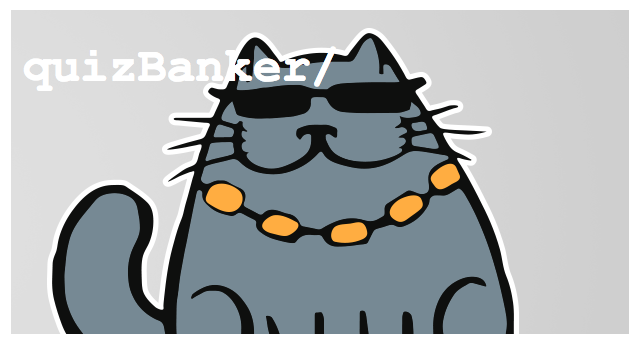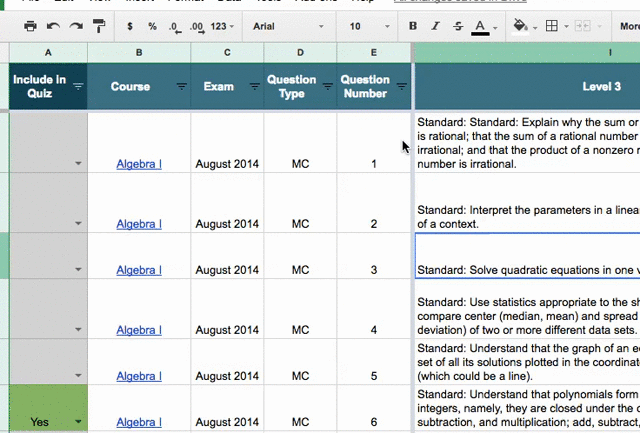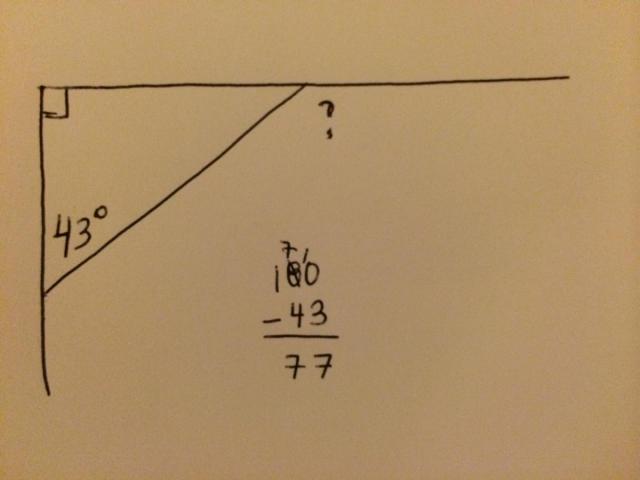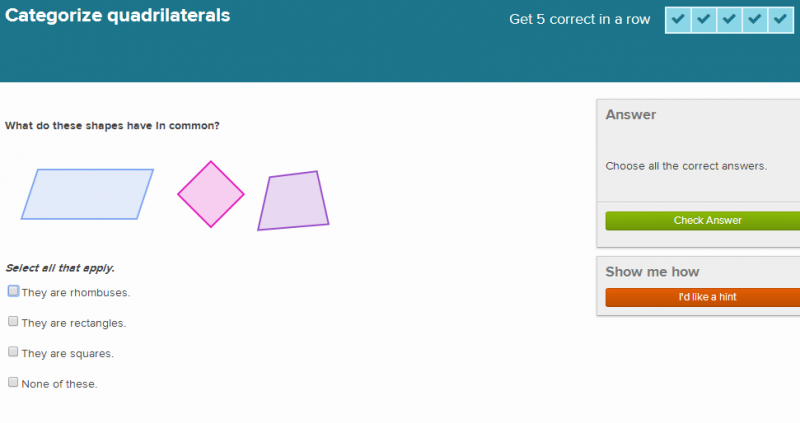I know of people who are proud that they do not use a textbook and that they eschew all formal curriculum resources. I used to be one of those people but no longer.
If we define curriculum broadly as a collection of physical and digital resources that are used to support teachers with students in their classrooms, then every teacher has curriculum. The quality and quantity of that curriculum just vary.
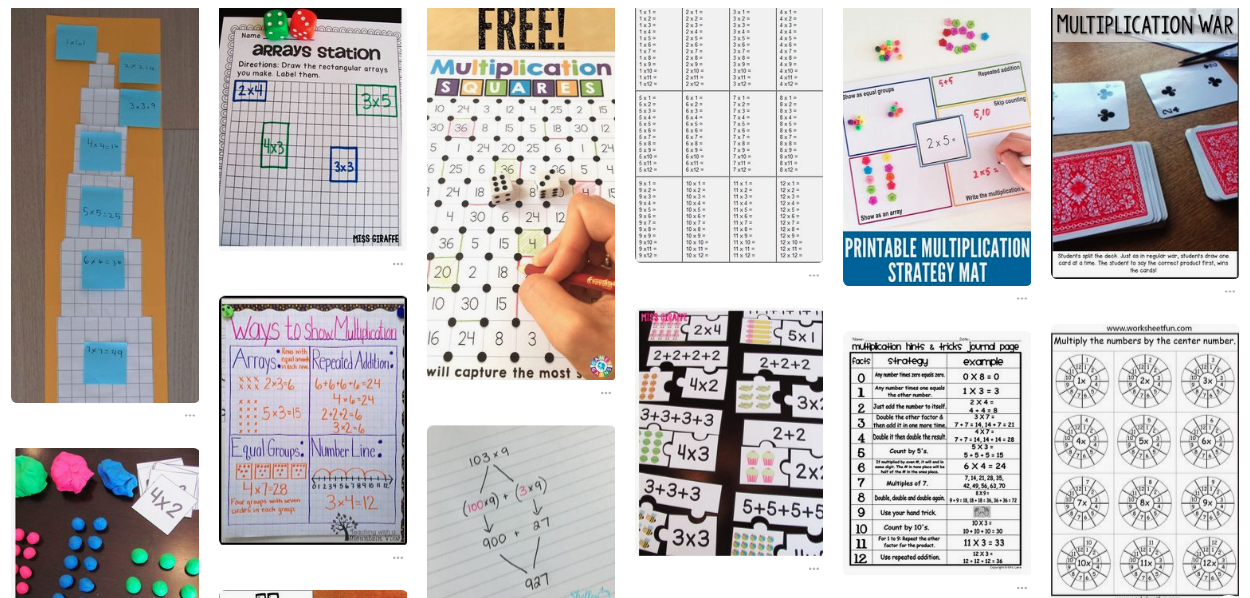
A collection of resources found via Pinterest
The primary problem with a lack of access to curriculum is that every teacher in this situation is then left to invent their own resources to use with students. While I think many teachers are capable of doing this, almost no teachers actually have enough time to create really high quality resources for every lesson. I have been working on a set of interleaved, spaced, retrieval practice assignments aligned to our Algebra I curriculum and after a dozen or so days working on these assignments, I am about half-way done. These resources are for one small part of a collection of resources intended to support students across a year of Algebra I and are by no means perfect. How long do you think it would take a teacher to create all of the resources necessary to teach Algebra I? And why do we expect thousands of people who teach Algebra I to do so much duplicate work?
Further, almost all resources made benefit from additional eyes looking at them. About half the time when I share a resource via Twitter, someone finds some way of improving that resource. Here is an example of me sharing a collection of resources via Twitter and asking for feedback.
Teaching a quadratic functions unit in Algebra I? We have a complete unit available here: https://t.co/tUQgncyWlQ #alg1chat #MTBoS
We'd love feedback if you try out at least some of our resources. And please feel free to ask any questions you have. pic.twitter.com/LscbzlAmHl
— David Wees (@davidwees) February 1, 2018
A few people who have used these resources have offered suggestions or found minor errors and we use that information to iterate on and improve the original collection of resources. If you can imagine this effort scaled up so that thousands of teachers are each iterating on and improving the same original set of curriculum resources, very quickly the diversity and quality of those resources would far outstrip what any individual teacher could create.
Here is an open-source content management system that has 23362 modules and 1642 themes each one representing many dozens of hours of work from individuals. As a collection, this project represents millions of hours of effort devoted to one project with the fruit of that labour available for free anyone who wants it. Where is the similar effort for curriculum?
Illustrative Mathematics and New Visions for Public Schools are creating curriculum licensed under a Creative Commons license but neither yet has a good mechanism that allows sharing of modifications of curriculum back to the greater community. I’m not even sure exactly what they would look like.
If you were designing a system to allow users to build curriculum collaboratively in the same way the open source software movement allows for thousands of people to collaborate on software, what would it look like? What would you want it to be able to do?
Here are some thoughts I have so far:
1. It would be nice if formatting of the resources was a consideration of the technology. We have our resources created in Google Docs, which allows for easy formatting and sharing but Google Docs is proprietary and given Google’s tendency to turn off services, even popular services, this could be problematic.
2. People need to be able to easily create their own copies of resources (or even branches of curriculum) and share them back to the community and these revisions should be easily visible for people looking at a particular resource. Benjamin suggests some additional detail around this idea here.
3. People should be able to comment on resources, either to share their experiences using a particular resource or to suggest modifications.
4. It would be nice if resources could have additional or supplemental resources added to them, like videos of a resource being used in a classroom or pictures of student work. Obviously this raises issues around student privacy which suggests that this community would need some agreed on rules of how student work is anonymized or scrubbed of identifying student information.
